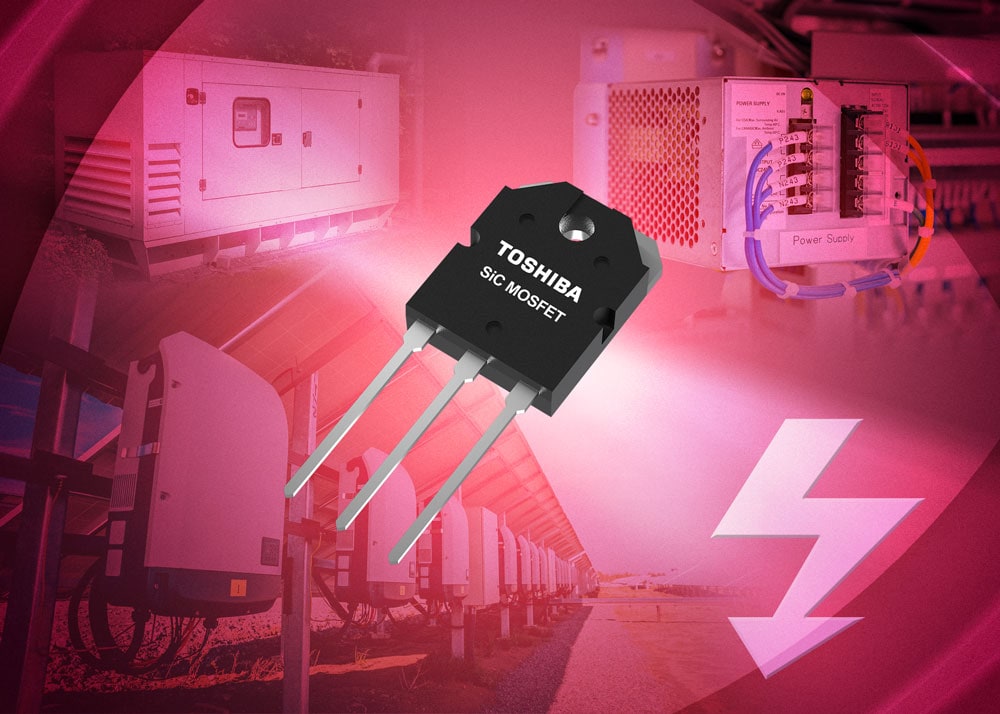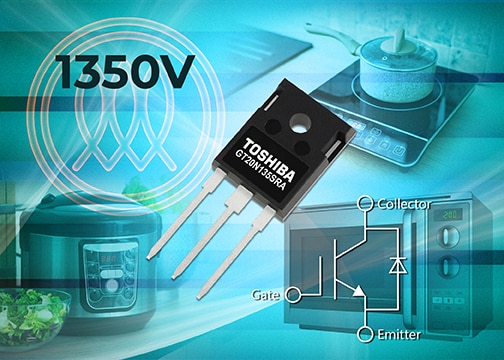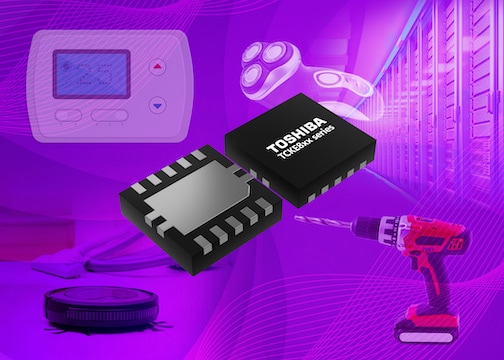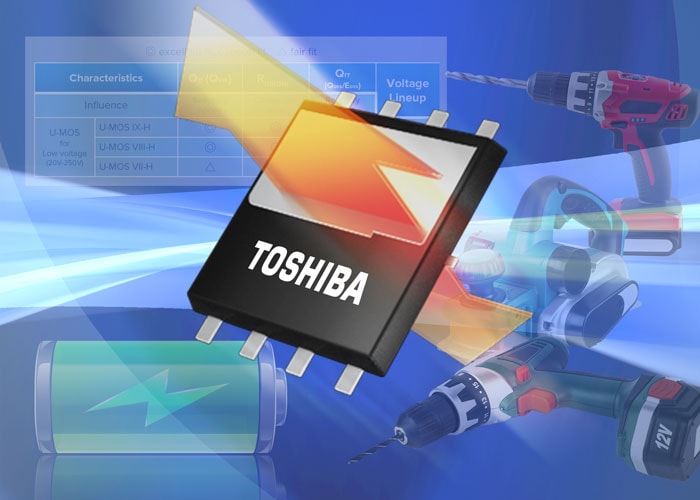- General Top
- SEMICONDUCTOR
- STORAGE
- COMPANY
-
My ToshibaSemicon
- Semiconductor Top
-
ApplicationsAutomotive
Body Electronics
xEV
In-Vehicle Infotainment
Advanced Driver-Assistance Systems (ADAS)
Chassis
IndustrialInfrastructure
BEMS/HEMS
Factory Automation
Commercial Equipment
Consumer/PersonalIoT Equipment
Healthcare
Wearable Device
Mobile
Computer Peripherals
-
ProductsAutomotive Devices
Discrete Semiconductor
Diodes
Transistors
Logic ICs
Analog Devices
Digital Devices
Wireless Devices
※
: Products list (parametric search)
Power SemiconductorsSiC Power Devices
※
: Products list (parametric search)
Isolators/Solid State RelaysPhotocouplers
Digital Isolators
Solid State Relays
Fiber Optic Transmitting Modules
※
: Products list (parametric search)
MOSFETsIGBTs/IEGTsBipolar Transistors※
: Products list (parametric search)
Diodes※
: Products list (parametric search)
MicrocontrollersMotor Driver ICsIntelligent Power ICs※
: Products list (parametric search)
Power Management ICsLinear ICs※
: Products list (parametric search)
General Purpose Logic ICsLinear Image SensorsOther Product ICsOther Product ICs
※
: Products list (parametric search)
-
Design & Development
Design & Development
Innovation Centre
At the Toshiba Innovation Centre we constantly strive to inspire you with our technologies and solutions. Discover how to place us at the heart of your innovations.
-
Knowledge
Knowledge
Highlighted Topics
Further Materials
Other
- Where To Buy
- Part Number & Keyword Search
- Cross Reference Search
- Parametric Search
- Stock Check & Purchase
This webpage doesn't work with Internet Explorer. Please use the latest version of Google Chrome, Microsoft Edge, Mozilla Firefox or Safari.
require 3 characters or more. Search for multiple part numbers fromhere.
The information presented in this cross reference is based on TOSHIBA's selection criteria and should be treated as a suggestion only. Please carefully review the latest versions of all relevant information on the TOSHIBA products, including without limitation data sheets and validate all operating parameters of the TOSHIBA products to ensure that the suggested TOSHIBA products are truly compatible with your design and application.Please note that this cross reference is based on TOSHIBA's estimate of compatibility with other manufacturers' products, based on other manufacturers' published data, at the time the data was collected.TOSHIBA is not responsible for any incorrect or incomplete information. Information is subject to change at any time without notice.
require 3 characters or more.
Engineers favour SiC devices for bidirectional DC-DC converters

With electric vehicle (EV) chargers delivering up to 22 kW in AC and up to 350 kW in fast DC chargers, several hundred Watts of energy can easily be dissipated as heat. Automotive OEMs are planning to support bidirectional power flow, enabling EVs to jump-start other EVs, power conventional appliances while camping, or even help to balance the electrical grid to avoid brown-outs.
To achieve the necessary efficiency, the commonly-used IGBTs are being replaced with modern silicon carbide (SiC) MOSFETs. With significantly faster switching speeds, the reduced losses in SiC devices, such as the Toshiba’s 1200 V TW070J120B N-channel MOSFET with integrated SiC Schottky barrier diode, deliver a 66% reduction in power losses over a comparable IGBT.
Toshiba’s TK49N65W5 DTMOS superjunction N-channel device with superior RDS(ON) and fast reverse recovery time (trr), plus its TLP5214A gate driver and its TLP7920 230 kHz isolation amplifier are all used in the company’s latest reference design, a 50 kHz switching, isolated bidirectional DC-DC power supply. Designed to support power converter designers working on high-power designs, the design handles power levels up to 5 kW from a 750 V DC link. This forms an excellent starting point for EV charger developers. At a 100% step-up/-down load, the design has shown to operate with efficiencies of 97%.






